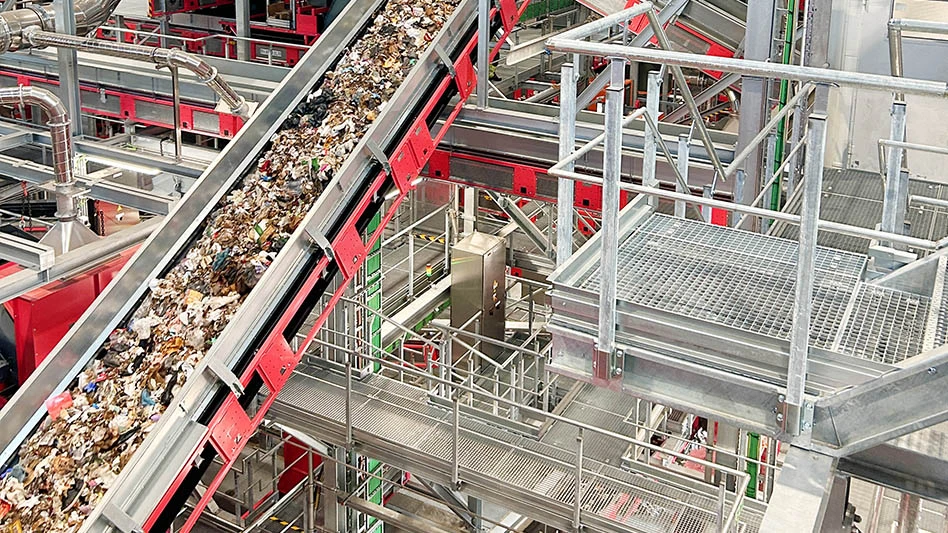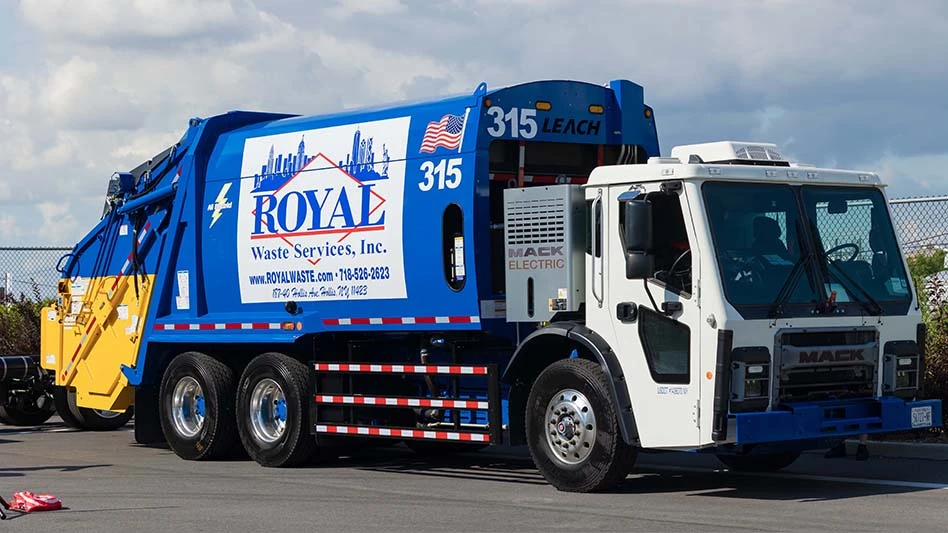
GFL Environmental CEO Patrick Dovigi participated in an interview with Financial Post June 1. Among the topics Dovigi covered were the company’s response to the COVID-19 pandemic, its post-IPO strategy and how it will evaluate merger and acquisition (M&A) opportunities moving forward.
Dovigi says that although the company’s response to the pandemic has required the organization to be more nimble in its operations, it has also allowed GFL to more closely scrutinize its various business segments.
“We’ve used the word ‘recession-resilient’ [about our business]. This has been an extreme downturn like no one has seen in a long time, at least certainly since I’ve been in business, but it’s just reinforced the luxury of the business we’re in, the resilience of the business we’re in, and the geographic diversity of our business between [our locations] in Canada and the U.S,” Dovigi says. “We’ve learned a lot about ourselves and a lot about our business and found new ways to work, especially on the corporate side with not being able to be in the same room or travel as much as we have [historically].
“From our perspective, we’ve learned a lot about our business. [Since starting the company in 2007], there hasn’t been a long period of time where we’ve been able to just be laser-focused on the existing core business, and mine every single stone within the organization to look at the cost structure of the variable parts of our business as we go through this.”
He notes that being able to step back and scrutinize its operations over the past few months has yielded insights into how the company might operate more efficiently.
“We’ve looked at ways to cut costs out of the business that, truthfully, if COVID never happened, we would’ve never overturned some of those costs and thought there was another way to do business,” he says. “If you look at some of the travel budgets, operating costs and headcounts that you need to run specific businesses in specific regions, we’ve become more efficient out of this and hopefully that translates into incremental dollars and margin expansion over the years to come.”
Dovigi says that the degree to which volumes and revenues were impacted by the virus had a lot to do with geography, with a noticeable divide between U.S. and Canadian markets.
“It’s very regional-specific,” he says. “If you look at a lot of the markets we’re operating in in the U.S., they were a lot less affected than a lot of the markets in Canada. I think in Canada, we’re a lot more obedient than some markets that we see in the U.S. today—Canada really went into a full-type shutdown, … in the U.S., there was far less of that. While there was stay-at-home-type legislation, at the end of the day, even though businesses slowed, a lot were still operating. What we saw from mid-March through mid-April was significantly more volume at the residential home, which offset some of the commercial volume that was lost from office buildings, restaurants, malls, etc., but we’ve seen that slowly come back online in the last two to three weeks and we’ve seen a balancing of the curbside collection volume as people have gone to a more normalized state over the past two to three weeks.”
He says that although the business was affected from a revenue standpoint due to the virus, financial ramifications didn’t approach what some analysts were forecasting.
“When you look at the revenue numbers, at least from our perspective, we thought it could’ve been a lot worse than it actually turned out to be and what some analysts expected. … We really hit [the bottom of the curve] the end of the second week of April into the third week of April, and we’ve seen upticks from that point moving forward,” he says.
With GFL regaining traction over the last six weeks, and businesses getting back to work in North America, Dovigi says he envisions the company getting back to pre-COVID levels over the next six to nine months.
During the interview, Dovigi also touched on how the company’s strategy is changing since going public. He says that while the company is committed to remaining active in its pursuit of organic and acquisition growth opportunities, it is taking a more measured approach to expansion.
“Starting the company in 2007, we were always focused on growth, growth, growth, growth,” he says. “We’ve had a multitude of partners over the years on the private equity side where we’ve liked to run the business with a higher level of debt than our public company peers. Post IPO, there was a tremendous focus on deleveraging, which we did, taking leverage down from the mid-sixes to closer to four times debt to EBITA. With that, we’ve freed up a significant amount of free cashflow, so there is a huge focus on continuing to drive free cashflow out of the base business, but at the same time, we’re not going to get away from what we’ve done well over the years, which is grow the business both organically and through acquisitions. Acquisition growth will continue to be a huge focus of ours, and organic growth out of the base business will continue to be a huge focus.”
“Fundamental to our strategy is acquisitions,” he continued. “[Waste] is one of those industries that continues to consolidate. What we’ve communicated to investors is that we’ll never bring leverage to the levels where it was before, but leverage will be the governing factor to how much M&A we do, and if there is a compelling opportunity like we have over the years, we’re not afraid to put in incremental equity if the acquisition meets our term profile that we need to meet internally and for our new investors.”
Latest from Waste Today
- US Senate backs reduced cuts to EPA
- ELV Select Equipment, Reworld aid NYPD in secure firearm disposal
- Waste Connections announces Q2 results
- Returnity and Cosmoprof to address reusable bag waste
- SWANA releases report on aging WTE facilities
- New economic assessment reveals cost benefits of California’s SB 54
- Premier Truck Sales & Rental opens new facility
- TeknTrash Robotics, Sharp Group partner on humanoid robot pilot





